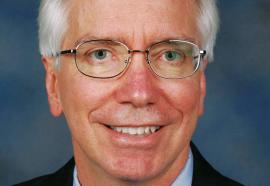People
FirstEnergy Corp. named Dennis L. Dabney its vice-president of human resources. Northeast Utilities announced Johnny D. Magwood as its first chief customer officer. AES appointed Ned Hall its executive vice president and president of its wind generation division. Intrepid Technology and Resources named Jack Haffey as its chief executive officer. And others...










